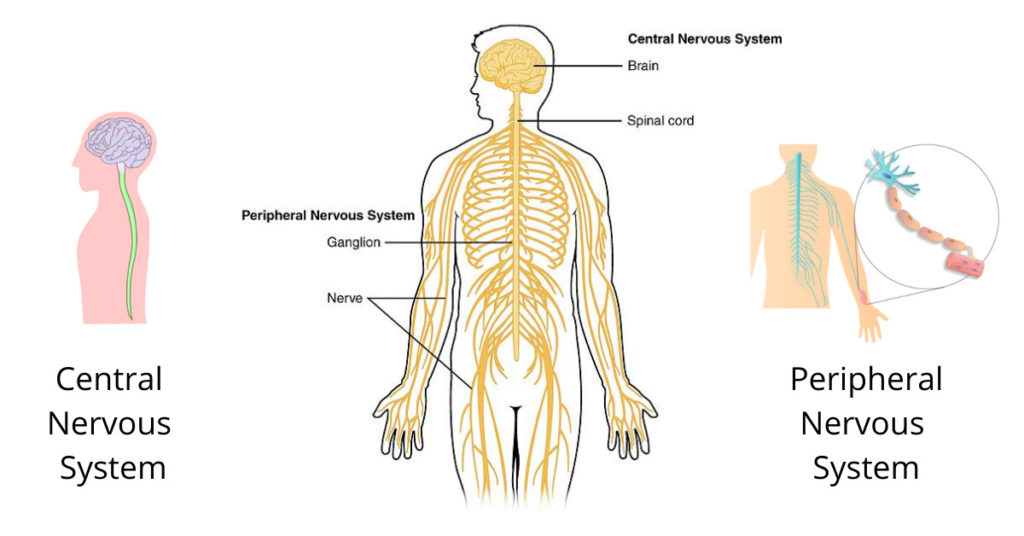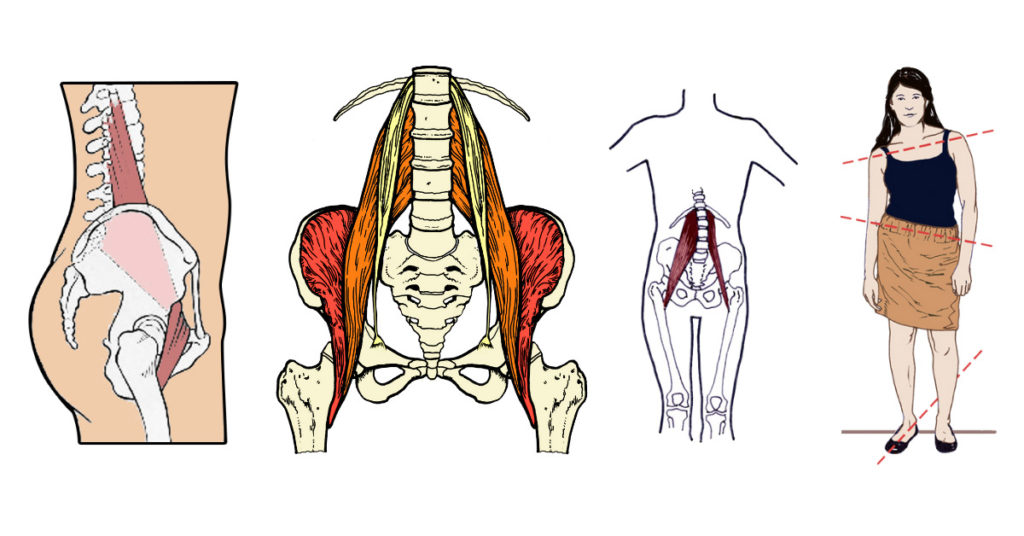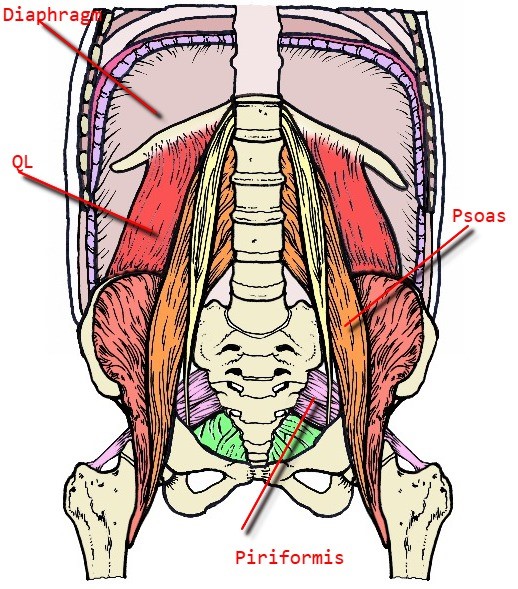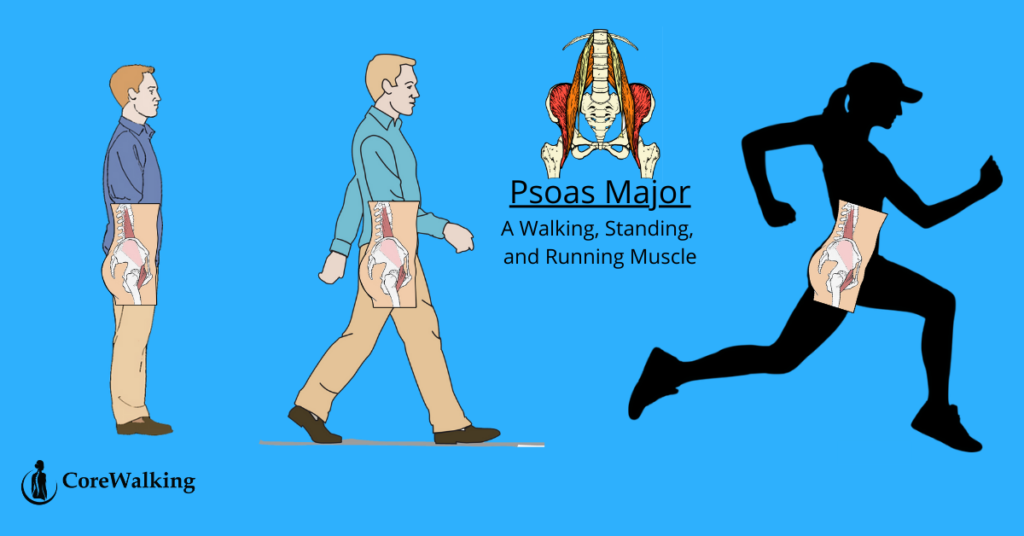What Muscle is The Tenderloin?
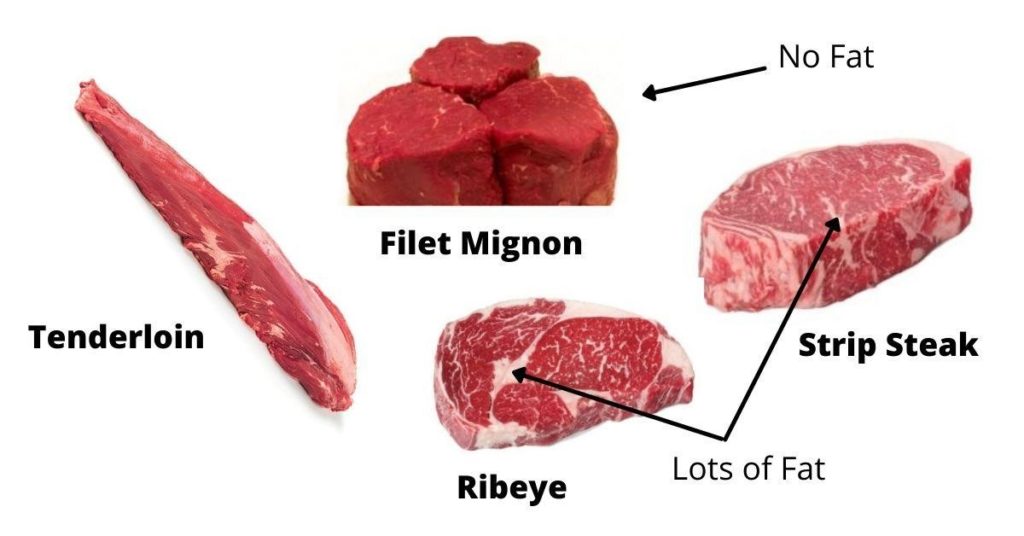
Did you know there is a human tenderloin?
Do you know what a loin muscle is?
If you are a meat eater you might have had filet mignon. Or tenderloin. These are different names for cuts from the same muscle.
This muscle, deep in the core of the body is called the psoas major. The psoas major is part of the iliopsoas muscle group and it connects the legs to the spine.
Another way to think of the loin muscle is as chicken tenders. The filet mignon is from the cow but many animals have this muscle group.
We have this muscle in our body as well. And it is a key muscle.
From my perspective, the psoas (so-az with a silent p) is the most important muscle in our body.
It is important for many reasons but for this discussion, it is the muscle of back pain, hip pain, groin pain, and more.
Its reach knows no bounds from the big toe all to the way to the base of the head. If you read on I will explain all of these connections later.
But now back to the tenderloin. Can you imagine a butcher’s case? Or look at the picture above.
You’ve got different cuts of meant, the rib-eye, the strip steak, the filet mignon, and a full tenderloin.
The ribeye and strip are both prized for their fat, the marbled white lines running through the red meat. And for good reason—fat is flavor.
The filet, on the other hand, has no fat running through it. It is pure meat. Tender meat though not particularly flavorful. But that is the subject of a post on cooking.
This is a post about pain relief.
And the thing is, I take my education anywhere I can get it.
There is a valuable lesson to be learned from the fat content of these steaks.
Fat might be flavor but it is also protection and a muscle without fat (the psoas) is a more vulnerable muscle.
Groin Vs Loin: What is What?
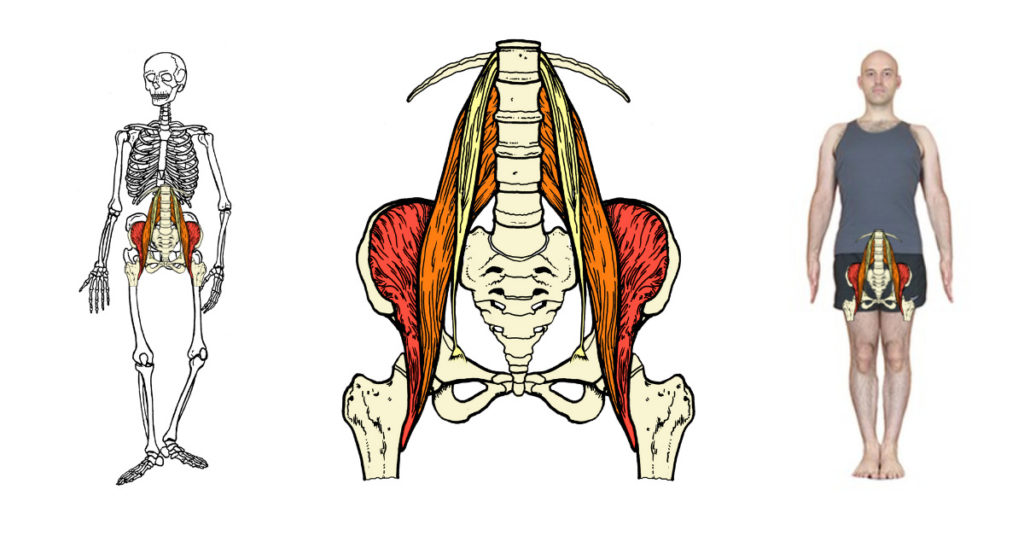
The groin is an area, the crease where the leg meets the hip or pelvis.
The psoas is the loin and it lives deep within this groin area.
I’ve been psoatically obsessed for twenty years. For me, it is THE MUSCLE at the root of so much unexplained pain.
Pain takes many forms and my work focuses on a particular type of pain. Or type of person in pain.
I help people with pain other people can’t figure out.
People who have been to multiple doctors and have likely had an equal number of tests. Only to be told that nothing is wrong.
At least nothing they can see.
Are you one of those people?
Maybe you were referred to physical therapy, which failed to meet its objective. Or maybe it made things worse.
In general, surgeries are incredibly successful. Hip surgeries, knee surgeries, and more. The numbers are staggering both in quantity and success.
But they don’t help everyone. For some people, they make things worse. Sometimes way worse.
If you are one of these people something specific may set you apart– and that is sensitivity.
It’s as simple as that. Some people– estimated at possibly 20% of the population– are highly sensitive.
And for these people, the usual rules of pain don’t apply.
What does this have to do with filet mignon?
We have to go back to flavor vs tenderness. This human loin muscle, the psoas, is different than any other muscle in the body.
The Filet Mignon Muscle Holds Onto Our Trauma
Let’s dive into the woo-woo stuff for a bit.
The human nervous system is extraordinary. It makes the body go.
Your brain and spinal cord make up the central nervous system.
All of the nerves that come out of the spinal cord, and there are a lot of them, make up the peripheral nervous system.
The peripheral nerves are passing information from the brain to the muscles and organs, and back.
The human nervous system is designed to maintain something called homeostasis—or balance—within the systems of the body.
Pain issues are about the imbalance in these same systems.
Two main divisions of the nervous system are the sympathetic and parasympathetic nervous systems.
The sympathetic nervous system is about excitation (flight or fight) while the parasympathetic nervous system is concerned with relaxation.
Homeostasis refers to balance in the nervous system but pain issues are about the imbalance in the same systems.
That imbalance often shows as an overload of the sympathetic nervous system. We can get stuck in our flight or fight response which can lead to all sorts of problems.
If something scares or disturbs you, it is normal to react and then relax. That is the balance of excitation and relaxation.
When you are continually scared or disturbed, there is no longer the opportunity to relax.
When we can’t relax the body will start to suffer.
This can happen for many reasons. And if you are sensitive it is more likely to happen to you.
If you live in a war zone, for instance, you never know where the next bomb or explosion will come from.
Living in an emotionally dysfunctional home, you never know when to expect the next bomb or explosion of a different sort.
Now get ready for the woo-woo–
When we take on energy we can’t immediately process, the psoas becomes the warehouse for that energy.
And that unprocessed energy stays in the body (in the psoas) until we create the right environment to let it go.
Psoas: The Tender Loin
What I am talking about isn’t limited to emotional traumas.
Car accidents, a fall down the stairs, even an innocent ankle sprain, can lead to pain that won’t resolve.
Another way to look at this is overload. When our body and mind take on too much we have to find a way to deal with it.
This is where sensitivity comes in because some people are simply wired to handle stress differently than others.
If you are highly sensitive your body needs the chance to relax– maybe more than others. When it can’t find that space, it is much more likely that your body will break down.
It is the psoas’ relationship to the nervous system that makes it the muscle of pain.
The psoas is a hip flexor. A flexor is a muscle that brings two body parts closer together.
In the case of the psoas, it is the leg and trunk. The psoas helps to bring the knee towards your chest when you are standing. When you are laying down, the psoas begins the action of the sit up.
Think of getting scared and curling into a fetal position. The legs and trunk come together trying to form a ball a primal instinctive pose. This involves hip flexion.
Almost all of our survival instincts involve flexion.
And flexion is an instinct of fight or flight with the psoas the main hip flexor involved in every reaction.
When we are afraid too often or feel continuously unsafe we get stuck in the sympathetic nervous system.
When we take on too much whether emotionally or from incidents like car accidents the psoas becomes the warehouse for the unprocessed energy.
And this energy or emotion stays in the body until we create the right environment to let it go.
This is why the psoas is the muscle of back pain, hip pain, groin pain, and other pain.
The Human Loins Hold The Secret To Pain Relief
Here is the thing about chronic pain. Some of it will not resolve. My mother was bedridden for the last seven years of her life.
Her spine degenerated for different reasons and her story is why I work so hard to avoid a similar fate.
When I found myself with knee trouble in my thirties– ending with surgery– I knew something had to change.
So I studied. I learned a lot about the body. And what I learned blew my mind.
The most important thing I learned is the body is a self-healing machine. Try to take that in. It is designed to fix itself.
I have always said I don’t fix people, I teach them to fix themselves.
When you sprain your ankle and it swells up that is the body working to fix itself. When you get a low-grade fever it is just your body’s way of healing itself.
In most cases, the body will heal itself without intervention. By design.
Having a body that works optimally requires certain maintenance. Unfortunately, that maintenance is optional and we are free to abuse ourselves as we desire.
Hence the need for so many interventions.
It doesn’t take much to keep your body in good shape. But that doesn’t mean we automatically do the work.
I definitely exercise enough and I do it correctly which is a big win. But, even though I eat a lot of healthy foods, I eat waaaay too much sugar and ice cream.
What does it take to maintain a healthy body?
To keep it simple, these three things determine so much of how our body functions, heals, and ages.
I’ll leave nutrition and sleep out of this post even though I have a lot to say on both subjects.
When it comes to movement, it’s all about the psoas.
The Human Loins Hold The Secret To Pain Relief
Where are we at with all of this?
The psoas is the walking muscle. Every successful step we take is initiated by the psoas helping the back leg to move forward.
The important word in the last sentence was successful because I don’t think many people walk successfully.
This means that they don’t employ the psoas which can, and often does, have grave consequences.
Especially concerning our ability to heal from persistent pain and injury.
Because when we treat the body and psoas well, it is much less likely to break down.
Here is a very brief description of good walking and what it affords you:
You can use your psoas to fix your body and heal long-term pain and injury.
You can change the way you walk and stand to employ the body’s natural healing mechanisms.
You can find calm within your sensitivity by understanding and using your body as designed.
Learn more about this majestic muscle this tender loin and find a pathway to healing.
A pathway that can resolve pain that no one can help you with more than you can help yourself.

